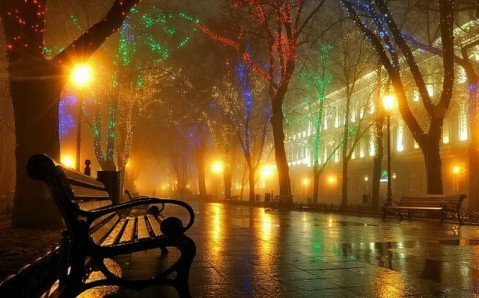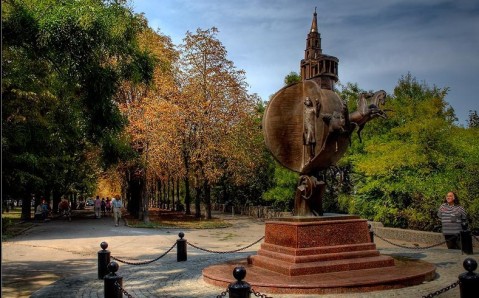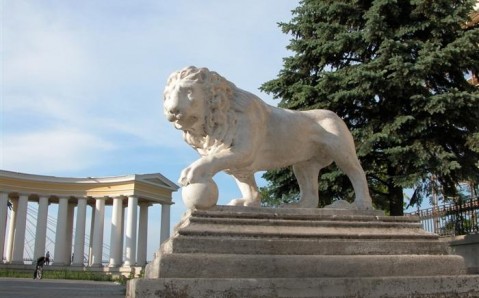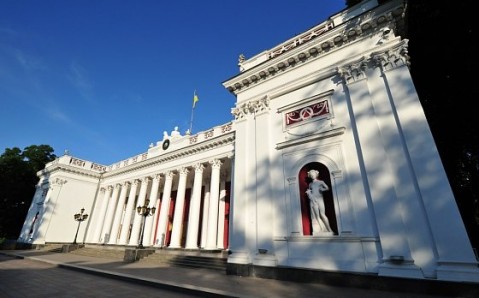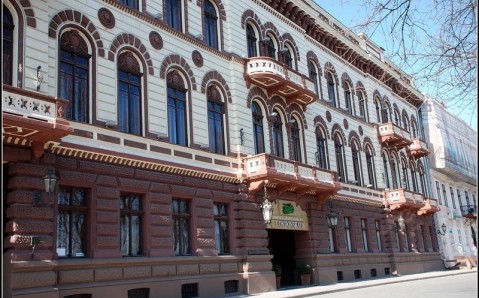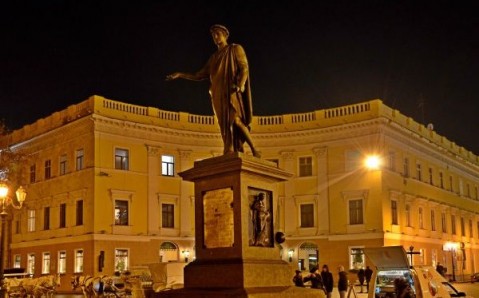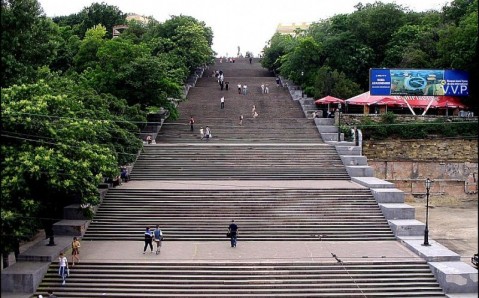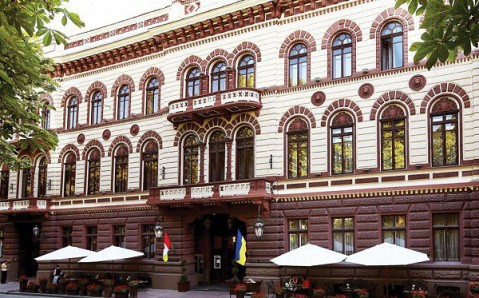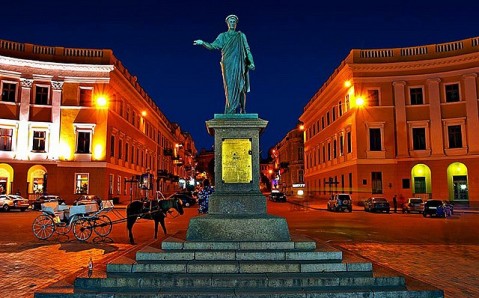Primorsky Boulevard
Located on a high, steep shore, the Primorsky Boulevard is the heart of Odesa. It is the best place in town to experience its spirit and understand its complicated history. It acts as a facade, meeting southern Palmyra’s guests coming from the sea with dignity and charming beauty.
This small, 500-meter (1,640 feet) long street is home to so many architectural attractions that it could truly be called an outdoor museum. And the age-old sycamores, chestnuts, and lindens that frame the boulevard create a wonderful comfort, which makes this street a favorite strolling place for Odesa’s residents and guests.
Primorsky Boulevard’s construction started in 1821. Before that, the Hadzhibej fortress (won over from Turks by de Ribas) stood here. Five years later, the strikingly splendid Vorontsov Palace appeared at the start of the street. It served as a residence for the town’s third governor, Mikhail Vorontsov. It is one of the boulevard’s architectural ensemble’s most prominent buildings, built in the traditions of Russian classicism.
In the center of the street, in the middle of a small square, rises the boulevard’s most famous monument, the statue of Duce de Richelieu, the first governor of Odesa. Fantastic views of the port, full of snow-white sailboats and yachts, open up from here! If you wish to descend to the sea, you can go down the legendary Potemkin Stairs.
One of Primorsky Boulevard’s most beautiful architectural objects of is the hotel ‘Londonskaya,’ in which at different times Robert Stevenson, Isadora Duncan, Sara Bernard, Anton Chekhov, Maxim Gorky, and other famous people stayed. Recently, by the way, remains of an ancient Greek settlement were found across the street from the hotel. The remains include graves and everyday objects of the ancient peoples. Today, the place of excavations has become the boulevard’s newest sight.
Not far from the hotel in a small but comfortable public garden, in which stands one of the more popular tourist attraction – the Alexander Pushkin Monument. The admirable architecture of Primorsky Boulevard ends on the Dumskaya Square with the old Stock Exchange building, which has a classic Corinthian colonnade. Today, the City Hall occupies this building. In 1904, a cast iron cannon was placed on the pedestal near the building as something like trophy, taken from one of the British ships that besieged Odesa during the Crimean War in 1854.

 Southern
Southern
